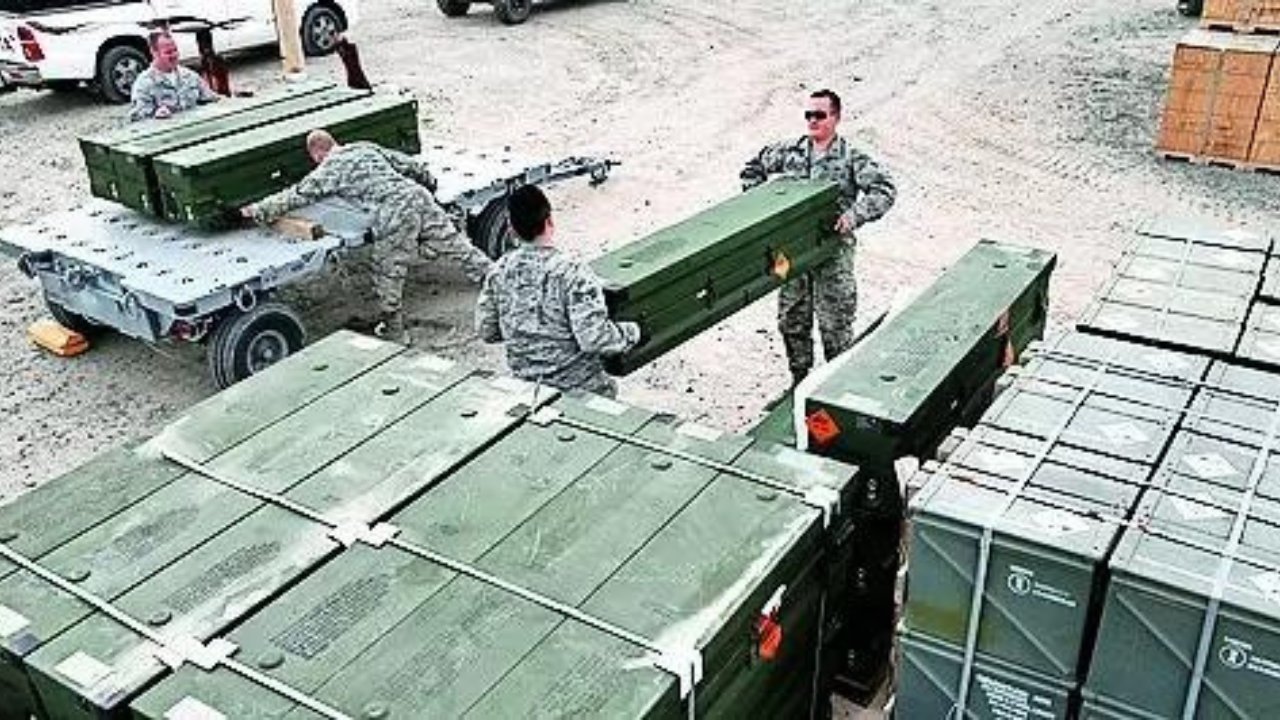The report of the defence ministry’s contract negotiation committee has been “submitted and accepted” for the govt-to-govt deal for which the US had earlier quoted a price of $3.9 billion (over Rs 33,500 crore), sources told TOI.The development comes as PM Modi is slated to visit the US for the fourth in-person Quad leaders’ summit in Delaware on Sept 21.
The contract should be inked in mid-Oct. The costing, setting up of an MRO (maintenance, repair, overhaul) facility in India, performance-based logistics support and other such issues have been finalised after hard negotiations,” a source said.
While there will be no direct transfer of technology (ToT) in the deal, the 31 remotely-piloted aircraft will be assembled in India , with the drone-manufacturer General Atomics making an investment in India and sourcing over 30% of the components from Indian companies. Drone-manufacturer General Atomics will also provide expertise and consultancy to DRDO and others to develop such high-altitude, long-endurance drones indigenously.
TOI was the first to report last month that India was fast-tracking the techno-commercial negotiations for the deal, under which 15 Sea Guardian drones are earmarked for Navy and eight Sky Guardians each for Army and IAF, in the backdrop of both China and Pakistan steadily boosting their fleets of armed UAVs.
Designed to fly for almost 40 hours at altitudes over 40,000 feet, the 31 MQ-9B drones will come with 170 Hellfire missiles, 310 GBU-39B precision-guided glide bombs, navigation systems, sensor suites and mobile ground control systems, among other associated equipment.
India will also equip the drones with indigenous weapons, including the naval short-range anti-ship missiles (NASM-SR) being developed by DRDO, in the future.
Apart from long-range strategic ISR (intelligence, surveillance, reconnaissance) missions and over-the-horizon targeting, the drones can undertake anti-warship and anti-submarine warfare operations. This becomes crucial in the backdrop of the Chinese Navy’s increasing footprint in the Indian Ocean Region (IOR), with its submarines capable of posing a major strategic challenge to India in the maritime domain after the land borders.






